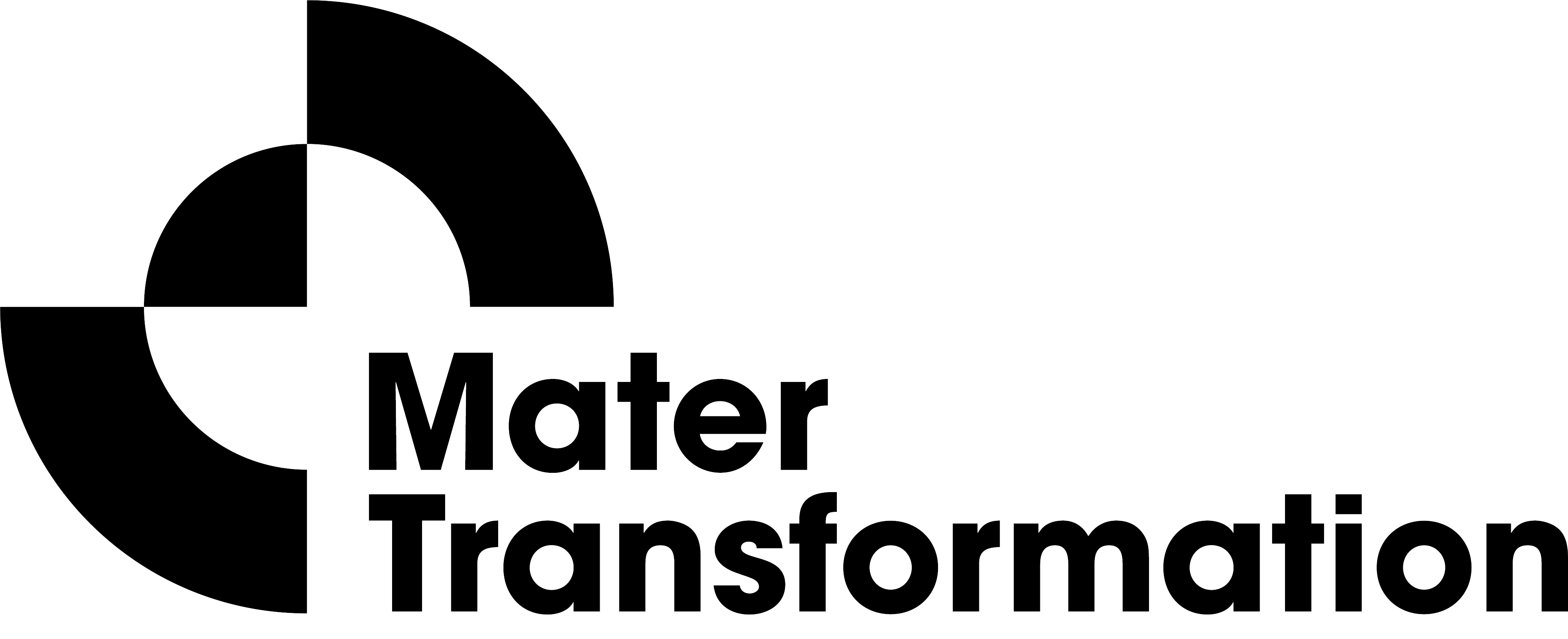See & Treat
Helping patients to understand and engage with a “one –stop shop” surgical pathway
Overview
Project duration: 2 years
Partners: Plastic Surgery team, Mater Hospital, NCAD, Mater Transformation
Funding: HSE Spark Innovation
Impact
Traditionally if you have a minor surgical complaint you are seen at an outpatient appointment and then scheduled for surgery at a later date. “See and Treat” allows for the assessment and treatment of the minor surgical complaint in a single visit to the hospital, providing a “one-stop shop” for the patient.
The new “See and Treat” pathway creates more timely access for patients and frees up outpatient appointments for other patients. This allows reduced wait time for minor procedures from an average of 134 days to 61 days and also frees up outpatient spaces for other patients on the waiting list.
"Our see and treat model reduces the wait time for patients procedures by over half. The impact of this is lost if patients do not turn up for their procedure or if an inappropriate patient with more comorbidities is selected for this pathway." Consultant Plastic Surgeon, Ms Shirley Potter
Challenge
The challenge was to get patient buy-in for the new service. The risks included patients not turning up to appointments or declining the procedure. Patients may be shocked to be offered surgery on the same day leading to a negative or damaging experience.
The design brief was therefore to provide an end to end service that provides touch points along the patient journey to reassure, educate and provide transparency in order to support a “See and Treat” model.
Process
The initial design research for this project was carried out as a summer project as part of the NCAD MSc in Service Design.
Extensive customer journey mapping was carried out across the end to end patient journey and key touchpoints were identified in collaboration with the Plastic Surgery team, led by Ms Shirley Potter. A complete suite of patient information tools and interactive way, finding aids were developed, prototyped, tested and iterated with patients and other service users. Funding from HSE Spark Innovation then allowed development of a selection of these tools, based on what was feasible to implement at present within existing systems.
Output
The elements that make up the service design for this project include:
- Information packs for patients explaining what a “See and Treat” service is, why they have been directed to this pathway and how to prepare for the visit
- Video content that explains the procedures that will be undertaken
- Interactive way-finding tools to make it easy for patients to find their way to the Day Surgery suite on the day to include video and audio options.
The first phase of implementation of these tools is to take place in April 2023 alongside development of a new procedural space.
Initial testing with patients indicates that this service design will allow enhanced patient understanding of what to expect and will reduce anxiety and stress about the procedure with potential impact on cancellation rates and patients not turning up for appointments.








